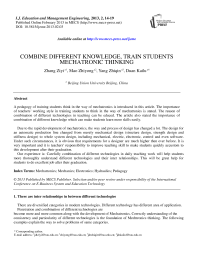COMBINE DIFFERENT KNOWLEDGE, TRAIN STUDENTS MECHATRONIC THINKING
Автор: Zhang Ziyi, Mao Zhiyong, Yang Zhiqin, Duan Kailu
Журнал: International Journal of Education and Management Engineering(IJEME) @ijeme
Статья в выпуске: 2 vol.3, 2013 года.
Бесплатный доступ
A pedagogy of training students think in the way of mechatronics is introduced in this article. The importance of teachers’ working style in training students to think in the way of mechatronics is stated. The reason of combination of different technologies in teaching can be educed. The article also stated the importance of combination of different knowledge which can make students learn more skills easily.
Mechatronics, Mechanics, Electronics, Hydraulics, Pedagogy
Короткий адрес: https://sciup.org/15013812
IDR: 15013812
Текст научной статьи COMBINE DIFFERENT KNOWLEDGE, TRAIN STUDENTS MECHATRONIC THINKING
1. There are inter relationships in between different technologies
There are diversified categories in modern technologies. Different technology has different area of application.
Penetration and combination of different technologies are become more and more common along with the development of Mechatronics. Correctly understanding of the consistency and particularity of different technologies is the foundation of Mechtronics thinking. The following examples explain the way to solve problems of same categories.
* Corresponding author.
-
A. UNIDIRECTIONAL WORK
Unidirectional work is often seen in our daily works. From the following explanations, we can teach students how to deal with this type of problems with different technologies.
-
I) Mechanically : The most prominent example of unidirectional work is ratchet mechanism. By the use of ratchet mechanism, unidirectional movement output can be realized (fig. 1).
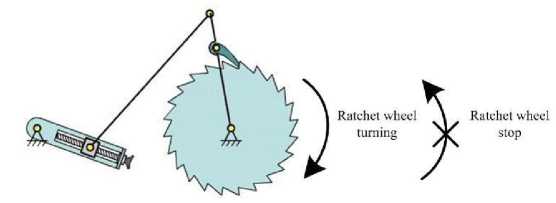
Fig. 1 unidirectional movement out put in a ratchet mechanism
-
II) Electronically: Diode is often used as an unilateral conducting element in an electrical circuit. By using diode, current can be controlled to flow to one direction (Fig. 2).
conductive Shut off

Fig. 2 use diode to control current unidirectional flow
-
III) Hydraulically: Check valve is commonly used in hydraulic system to control oil unidirectional flow (Fig. 3).
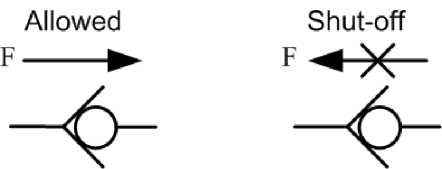
Fig. 3 use check valve to control oil unidirectional flow
-
B. AMPLIFYING FUNCTION
-
I) Mechanically: There are many movement amplifying mechanisms. The simplest is lever. In fig. 4, we use gear mechanism as an example.
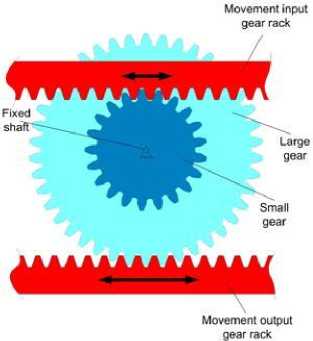
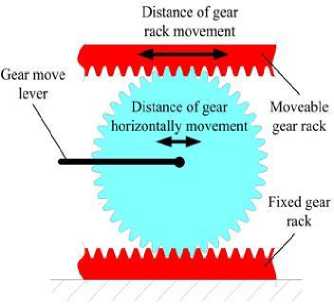
Fig. 4 movement amplifying function by a gear mechanism
-
II) Electronically: In a electrical circuit, many elements can carry out amplifying function, but transistor is the one which is much easier to understand. As show in fig. 5, when a low current I be is fed to the base electrode of a transistor, a high current I C can be provoked.
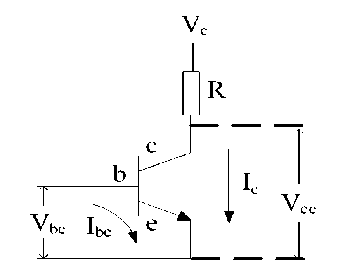
Fig. 5 the amplifying function of a transistor
-
III) Hydraulically: That using small flow rate to control large flow rate is often used in hydraulic circuit. This is just like that a transistor in an electronic circuit. As shown in fig. 6, a small flow rate in control port K is
used to switch ON or OFF of a large flow rate to flow along the arrow direction. Different with a transistor working in amplifying region, this control manner controls only the ON or OFF of hydraulic valves, alike a transistor working in cutoff/saturation region.
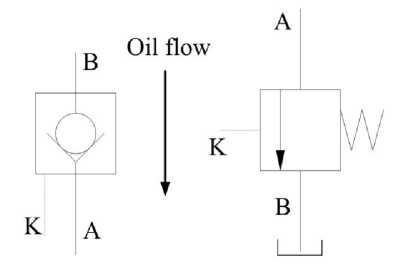
b. hydraulic controlled relief valve a. hydraulic controlled check valve
Fig. 6 elements with amplifying function in hydraulic circuit
-
C. FUNCTIONS OF STORAGE, STABLIZING AND ACCUMULATING
Energy is often to be stored. Forms of energy could be mechanical, electrical or hydraulic. Different types of elements are to be used for different forms of energy.
-
I) Mechanically: Shown in fig. 7, spring is one of the best mechanical vibration absorbing elements. After absorption by a spring, a vibration with large amplitude becomes a vibration with smaller amplitude. In this working period, energy is stored or released alternately.
Vibration wave after spring absorption
Vibration wave after spring absorption
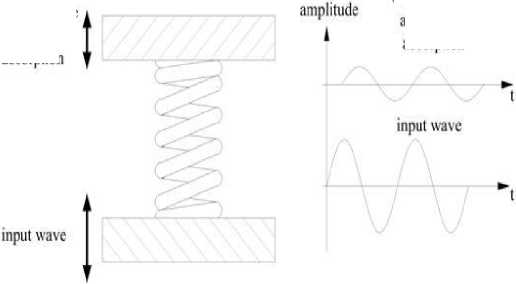
Fig. 7 vibration absorbing function by a spring (wave amplitude and phase described unreal)
-
II) Electronically: Function of a capacitor in an electronic circuit can be as a reservoir. In such circumstances, it can be used to absorb voltage fluctuation. As shown in fig. 8, voltage fluctuation in the input side of the circuit ( Vi ) can be absorbed, so that a much smooth voltage curve can be obtained in the output side of the circuit ( Vo ). This function in an electrical circuit is called wave filtering. To some extent, filter capacity is decided by the parameter of the capacitor.
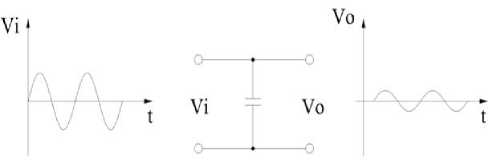
Fig. 8 wave filtering function of a capacitor
III) Hydraulically: In Fig. 9, pressure for system oil supply is unstable. This is caused by pump running and can be cured by equipping accumulator to the outlet of pump. Here the accumulator works like the spring in absorbing mechanical vibration or the capacitor in wave filtering.
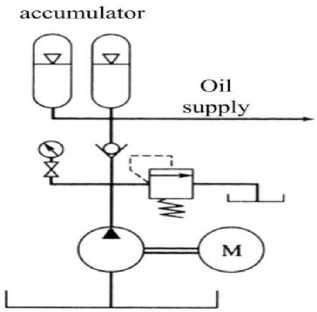 2. THE COMMON POINTS OF DIFFERENT TECHNOLOGIES
3. A PEDAGOGY OF COMBINING DIFFERENT TECHNOLOGIES HELP STUDENTS THEIR MECHATRONIC THINKING
2. THE COMMON POINTS OF DIFFERENT TECHNOLOGIES
3. A PEDAGOGY OF COMBINING DIFFERENT TECHNOLOGIES HELP STUDENTS THEIR MECHATRONIC THINKING
Fig. 9 pressure stabling function by an accumulator
From above cases, following result can be educed. That is there are many common points in different technologies. No matter in mechanic technology, electronic technology or hydraulic technology, there are common problems to be solved as unidirectional movement, movement or force amplifying or vibration absorbing. In the technical field involved in this article, same problem will be solved in different ways for different technical fields. System functions in the above examples can be concluded as: (1) one way flow (or movement) is allowed and reverse flow (or movement) is prohibited; (2) using a small input to exchange for a large output; and (3) to lessen compact, vibration and wave amplitude.
The development of mechatronics makes designers a great leap in their thinking and ways of design. In design, a designer will not consider only his own field, instead he has to consider different fields integrally. This will require a teacher in technical field to adjust his pedagogy to adapt this change in design.
In solving actual problems, there might be different ways applicable. This will be decided by: (1) safety, (2) reliability, (3) conveniency of work, (4) cost and (5) life span, etc. Following, we will use an example to explain.
EXAMPLE: a system need steady hydraulic pressure supply. For this we can consider the following 2
different ways, (1) to adopt an accumulator (Fig. 10a) or (2) to adopt sevo-valve (Fig. 10b).

a. adopting a accumulator b. adopting servo-valve
Fig. 10 the way to get steady hydraulic pressure
To choose a better way in actual working situation, we need to consider factors as velocity, accuracy of control, cost, etc. In order to obtain an excellent system performance, we normally add an accumulator in case of system pressure controlled by servo-valves.
4. CONCLUSION
How to let students learn more knowledge and skills during their school time will be the task of vocational education. To reach this purpose, increase of teaching hours is one of the ways. But in such circumstances, students will learn knowledge separately. It is hard for them to see the inter relationships of different technologies. To adapt pedagogy that make students to learn knowledge and to know the inter relationships between different technologies will be the real purpose of teaching
Список литературы COMBINE DIFFERENT KNOWLEDGE, TRAIN STUDENTS MECHATRONIC THINKING
- Jin Zhe, Chen Xiejun. Black box methods (in Chinese)[J]. Knowledge Engineering. 1st issue 1989
- Lv Houyu. Electrotechnics (in Chinese)[M]. Higher Education Press. Beijing, August, 2000
- Jun Lan Work Studio. Mechtronics- from theory to application (in Chinese)[M]. Science Press. Beijing. January 2009
- Wu Kejian, Yu Xiaohong, Qian Ruiming. Mechanical Design (in Chinese)[M]. Higher Education Press. Beijing. March 2003
- The basic functions of accumulator (in Chinese) [OL]. [2010-9-1] http://www.yeqiya.com/magazine/1235.html

